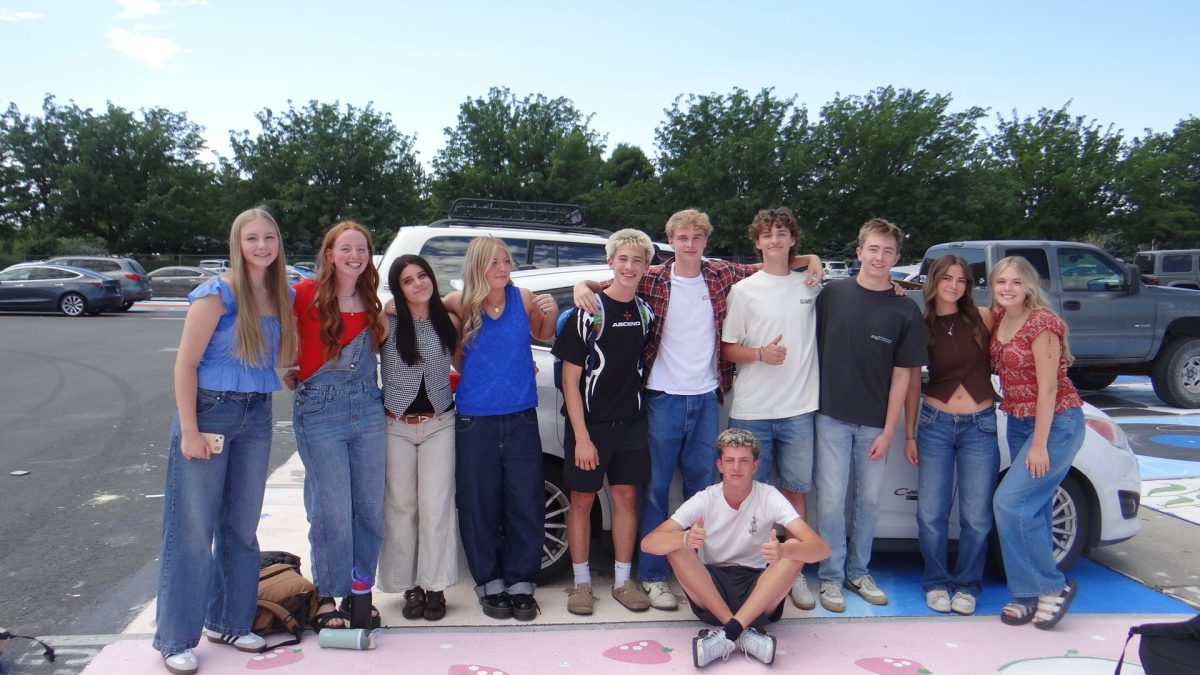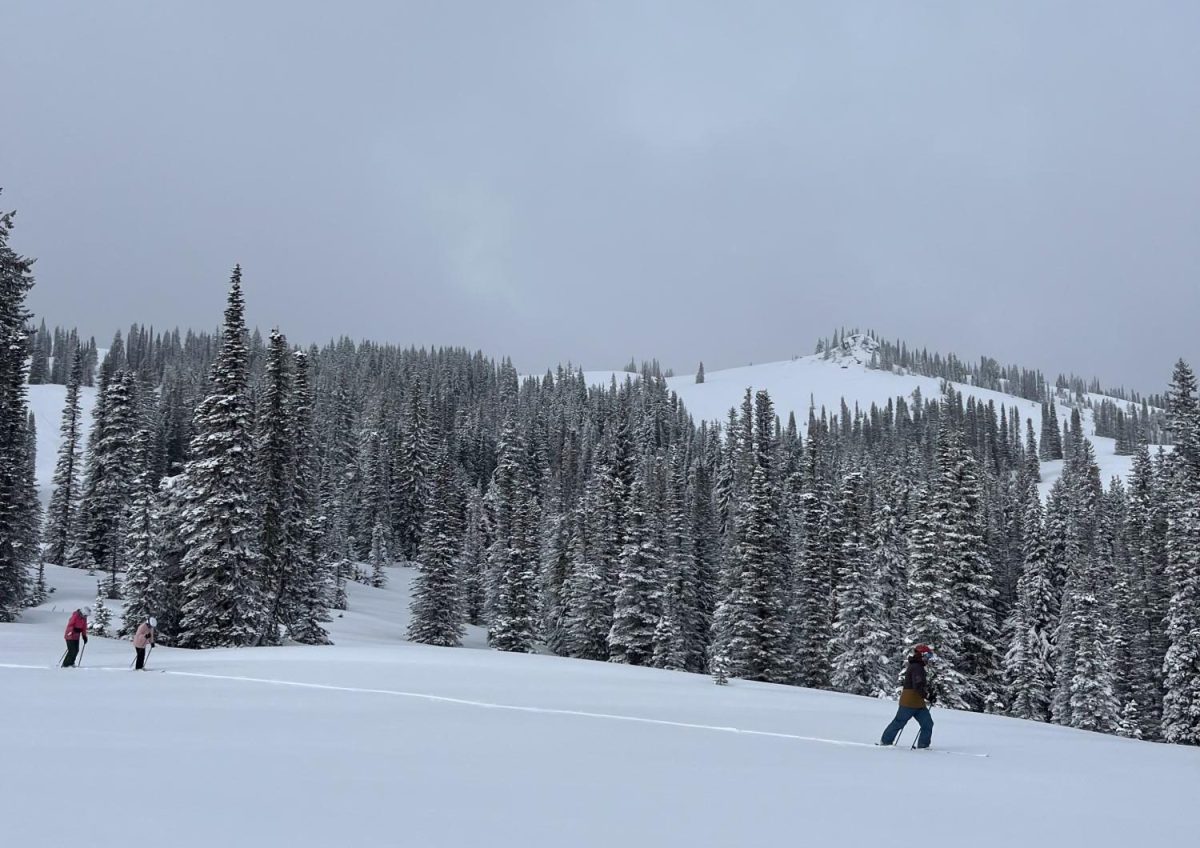Record breaking rainfall and severe flooding in Death Valley, California flushed debris across roadways, damaged infrastructure and carried away cars. This event has been described by meteorologists and park officials as a once in every 1,000 years event.
The moniker “Death Valley” comes from the very scarce amounts of rainfall, an average 2.2 inches per year, and it is feeling the effects of the 17.79 inches that has fallen on Death Valley the last six months. This is already 3.5 inches over average for the entire year.
According to usatoday.com, “The temporary lake, now called Lake Manly, in Death Valley National Park was about one foot deep in some areas.”
Residents of Beatty, Nevada, Death Valley Junction, California and Furnace Creek, California near Death Valley National Park are feeling the affects of the flooding. The record rainfall has swept away cars, closed all roads and stranded hundreds of visitors and workers.
Many students from Eagle High have moved from California in recent years and they are feeling for the ones impacted by the flooding.
“Death Valley, California was a place I have visited many times during my time living in California. I feel for the ones caught in the flood, its hard to recover,” said senior Jimmy Flynn.
According to cnn.com, “There were no immediate reports of injuries but roughly 60 vehicles were buried in mud and debris and about 500 visitors and 500 park workers were stuck inside of the park.”
“Seeing these stats is sad. Recovery from this damage will take time and a lot of money,” said junior Jack Swanstrom.
While the storm never broke records for daily amounts of rain, it did break records for rain during the time of year and yearly inches. NASA satellites were able to record the landscape showing a belt of blue across the brown terrain.
With climate change models predicting more frequent and intense storms, Death Valley is a great place to track the climate actively changing.








































































